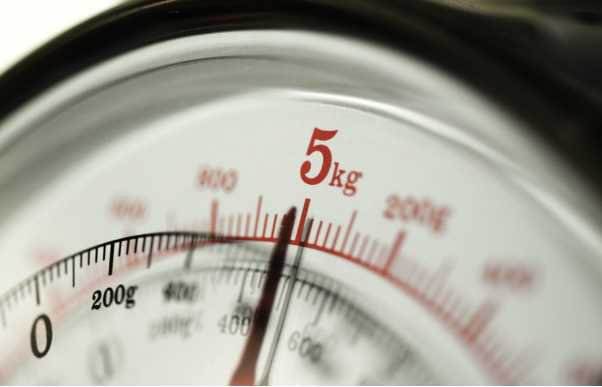What Are Load Cells?
[Fun fact: The circuit
used for load cells was invented almost a century before
load cells were created.]
Let’s find out more about
load cells, how they work, where they are used, and what makes them so
interesting!
Load Cells: What They Are
Simply put, load cells
are transducers that convert mechanical forces into readable electrical signals.
Load cell sensors typically work
with strain gauges, although hydraulic and pneumatic load cells also exist.
However, strain gauge load cells are used most commonly.
Load Cells: How They Came to Be
Before strain gauge load
sensors came along, mechanical lever scales were used for weighing
applications. However, the foundation of load cells was laid when Sir Charles
Wheatstone, an English physicist, invented the Wheatstone bridge in 1843.
This circuit could
measure unknown electrical resistance, and it wasn't until the 1940s that the
first sensor to measure resistance using strain gauges was developed. Once
modern electronics became sophisticated enough, strain gauge load cells became
economically and technically feasible. Today, strain gauge load cells are in
most of the weighing technologies we use.
Load Cells: How They Work
Load cells typically
house a strain gauge assembly, and when the load cell comes under a force,
either tensile or compressive, the voltage fluctuations in the strain gauge, as
it undergoes deformation, are measured.
The strain gauges
themselves are bonded to a structural beam that undergoes deformation when
weight is applied. Modern load cells typically contain for strain gauges—two of
these in tension and the other two in compression—to increase the measurement
accuracy.
When the strain gauge
elements come under load, they signal voltage irregularities, and this voltage
change is then converted to a digital reading, which we see as the weight.
Load Cells: Most Commonly Used
Although there are many
types of load cells, the two most commonly used are compression load cells and
tension load cells.
Compression Load Cells
As the name suggests,
compression load cells measure the downward or push forces, similar to a
typical weighing scale. These load cells are perfect for weighing applications
with limited spaces.
Tension Load Cells
Tension load cells
measure the pull forces that typically act from below; think of a
hanging digital scale. In industrial applications, these are used for power
tongs, hopper weight indicators, and Flushby rigs.
Get State-of-the-Art OEM Drilling
Instrumentation Solutions
Contact
Instruments offers reliable and cost-effective drilling
instrumentation solutions in Canada and the US, including load cells and
pressure sensors, mud pressure gauges, and weight indicator systems. Check out
their products and services, or contact now to learn more.





Comments
Post a Comment